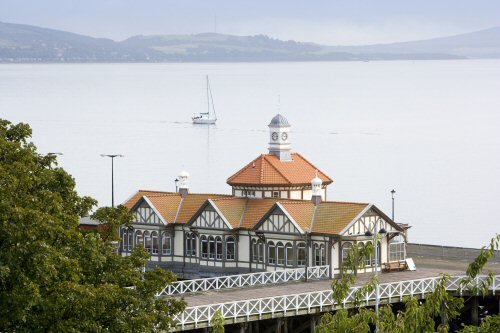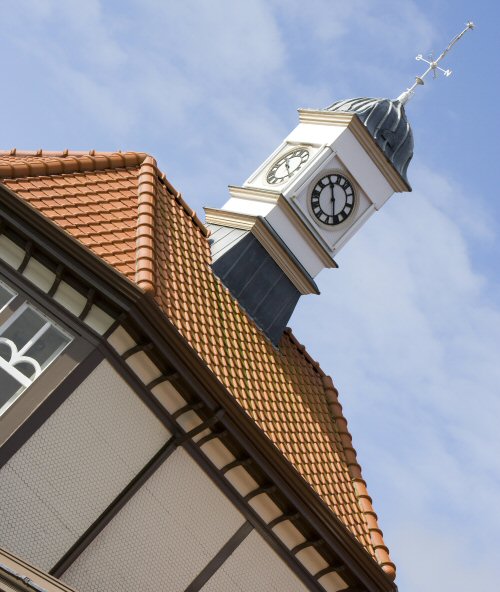Dunoon Pier by Sandtoft
 Dunoon Pier dates back over 100 years and is the only remaining working Victorian pier on the Clyde. Owned by Argyll and Bute Council and under the protection of Historic Scotland, it is a landmark of the River Clyde estuary, with the pier’s building listed as Grade B.
Dunoon Pier dates back over 100 years and is the only remaining working Victorian pier on the Clyde. Owned by Argyll and Bute Council and under the protection of Historic Scotland, it is a landmark of the River Clyde estuary, with the pier’s building listed as Grade B.
Today, Dunoon Pier still receives a connecting ferry with Gourock and provides a vital link to the mainland which supports the local economy.
The challenge
The Victorian structure has benefited from significant investment over the last 10 years. Acknowledged by the council as a vital link and following a £3.5 million investment, Dunoon seafront received a new linkspan and breakwater to protect the pier from damage caused by the regular storms in the Firth of Clyde.
As part of the redevelopment, and as a result of previous storm damage, the Council found it necessary to refurbish the roof of the pier’s Victorian building, which featured original 100-year old Koramic ‘Courtrai’ tiles.
The Council required a clay roof tile that could withstand the s weather conditions associated with its seafront location as well as match the existing tiles.
Importantly, as the pier building is listed, the roof tiles also had to meet the strict requirements of both the local planners and Historic Scotland.
 The solution
The solution
Argyll and Bute Council selected the Koramic Tempest 44 clay roof tile in Natural Red for the refurbishment project. The product has been used for the west and east elevation as well as the main control tower.
Dougie Galloway, architectural technician at the Argyll and Bute Council Property Services Department, which carried out the renovation said: “We had used the Koramic Tempest 44 a number of years ago to refurbish part of the roof on the existing Pier building. It is the only tile we have found that can match the style and colour of the original 100-year old ‘Courtrai’ tiles.”
An interlocking tile with a head and side lock, the Koramic Tempest 44 is offered by Sandtoft Roof Tiles. The Tempest 44 tile is the modern day version of the ‘Coutrai’ tile which was first manufactured in the early 1900's. The ‘Courtrai’ tile was used extensively in the UK throughout the 1920's and is regularly seen on roofs today as a result of its high durability.
As the tile is made from natural clay, it is resilient to extreme environmental conditions, such as salt water and driving rain. Ideal for both new build and refurbishment projects, the Koramic Tempest 44 is manufactured in a range of colours to suit any architectural requirement.
The outcome
Dougie Galloway: “The Koramic Tempest 44 satisfied both Historic Scotland and the Argyll & Bute Planning Department. This, together with the fact that it was a good match with the existing tiles and stood up well to the extreme weather conditions experienced on the Clyde, made it an easy decision to use them again.”
“I am very pleased with the final appearance of the refurbished pier building. The tile has blended exceptionally well, ensuring that the original Victorian appearance of the roof has been maintained.”
For more information about Sandtoft’s extensive range visit www.sandtoft.com













